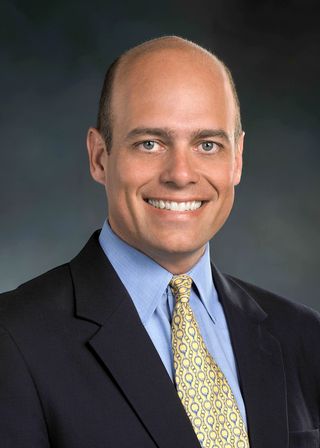Many people are keenly aware the many advantages of qualified accounts such as IRAs, 401ks and the like but few are aware that of the five major threats to all qualified accounts. In the first two parts of this series, we discussed the risk of income taxes and excise taxes. Today, I will discuss the risk of losing IRAs to the long care costs, and finally we will continue our series with threat to IRAs by estate tax and the beneficiaries and/or their creditors after the death of the plan owner.
 Many people believe that IRAs and qualified assets are exempt from determining eligibility for long-term care benefits such as Medicaid or Veterans Aid and Attendance benefits. This is far from true. It is important when planning for qualified funds to be clear on what the law states. An IRA is an available resource in determining ones eligibility for Medicaid. This is deduced by the annuity exception contained in 42 USC 1496p (C) (1)(G). The law states that an IRA is exempt if annuitized and follows the provisions. Conversely, there is no exemption to IRAs being excluded under the law. Accordingly, all assets are deemed countable except in the case of an IRA that is annuitized pursuant to 42 USC 1496p (C) (1)(G). While the law is clear, many states Medicaid policy allows the individuals to protect their IRAs. In recent years however, several states have begun counting IRAs as an available resource unless it is annuitized. The challenge of annuitizing an IRA is the underlying asset is lost and instead, is converted to an income stream.
Many people believe that IRAs and qualified assets are exempt from determining eligibility for long-term care benefits such as Medicaid or Veterans Aid and Attendance benefits. This is far from true. It is important when planning for qualified funds to be clear on what the law states. An IRA is an available resource in determining ones eligibility for Medicaid. This is deduced by the annuity exception contained in 42 USC 1496p (C) (1)(G). The law states that an IRA is exempt if annuitized and follows the provisions. Conversely, there is no exemption to IRAs being excluded under the law. Accordingly, all assets are deemed countable except in the case of an IRA that is annuitized pursuant to 42 USC 1496p (C) (1)(G). While the law is clear, many states Medicaid policy allows the individuals to protect their IRAs. In recent years however, several states have begun counting IRAs as an available resource unless it is annuitized. The challenge of annuitizing an IRA is the underlying asset is lost and instead, is converted to an income stream.
The greatest threat of IRA’s to long-term care costs however, is the threat of the state changing its policy of exemption with no notice. Since the federal Medicaid law is clear it is an available asset unless it is annuitized, many states policy current exempt it if it is in “payout” status, which often just requires proof that regular payments are coming out of the IRA. Most states will accept it as long as the “required minimum distribution” is being made. This is not the law, but rather state policy. The state has the right to change this policy at any time without notice. This is a major threat to individuals trying to protect their qualified assets from the cost of long-term care.
It’s also important to distinguish that while the IRA may be exempt, the income distributions are not. That’s why it is critical that you perform an IRA analysis to determine what the point of no return is. The point of no return is that point in time, when, if the IRA is annuitized, the amount paid out towards the cost of long term care from the monthly IRA income, is more than the amount that would have been paid to income taxes if it had been liquidated.
The LWP™ Medicaid Qualification software calculates a complete IRA analysis that identifies the point of no return so you can know at the beginning of planning, the length of time in a nursing home that would result in more money being paid out to long term care costs than to taxes if the IRA was liquidated and the taxes paid. For a complete demo of the software contact Molly Hall at mhall@lawyerswithpurpose.com. Or you can schedule it right now by clicking here.
David J. Zumpano, Esq, CPA, Co-founder Lawyers With Purpose, Founder and Senior Partner of Estate Planning Law Center










